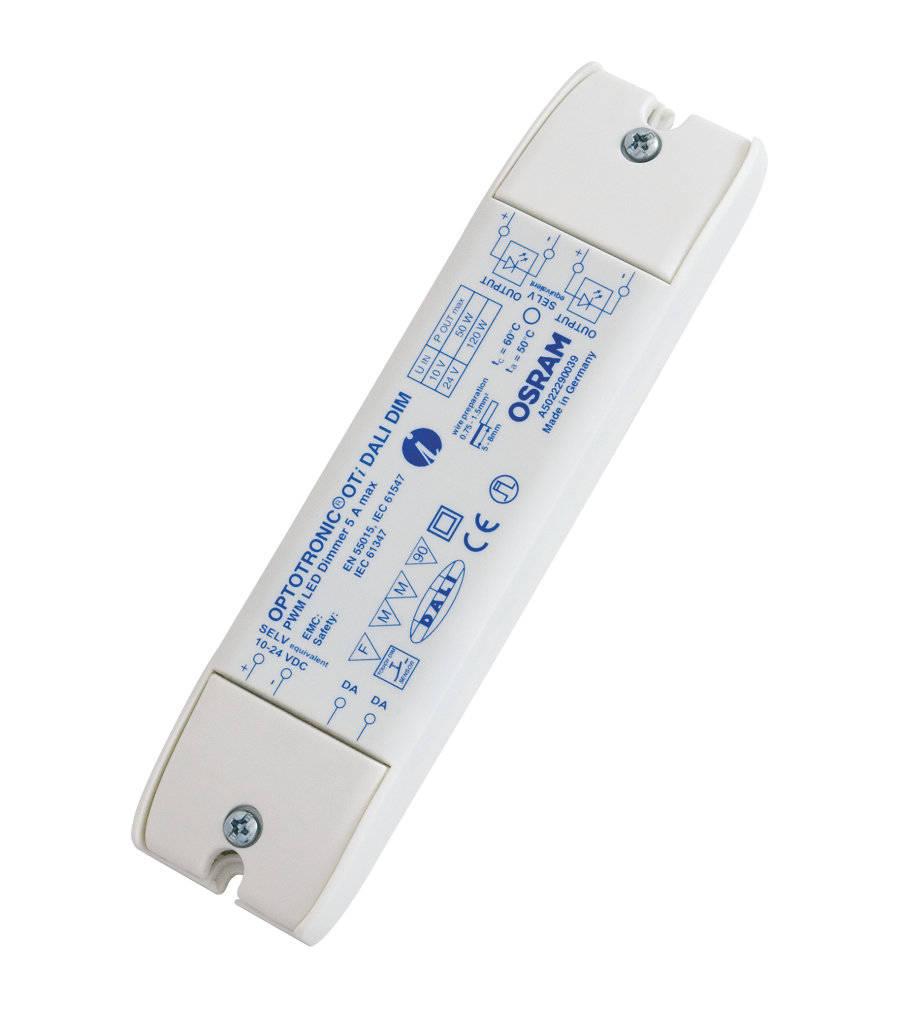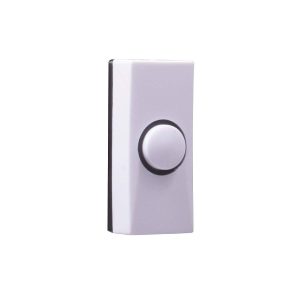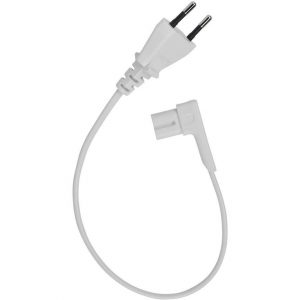Description
Dimmer, Transformer, Indoor, Led, IP 20, White
Osram OTi DALI DIM properties
| Product name | OTi DALI DIM |
| Type | Dimmer |
| Dimmer | Transformer |
| Suitable for lamp type | Led |
| Area of Use | Indoor |
| Voltage | 24 V |
| IP Classification | IP 20 |
| Colour | White |
| Height | 2.0 cm |
| Width | 4.2 cm |
| Depth | 17.2 cm |
| Weight | 75.0 g |










Reviews
There are no reviews yet.